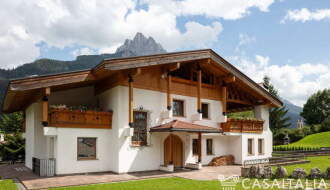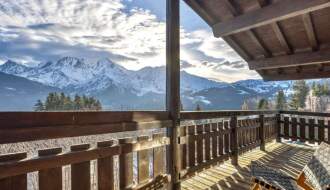Your own ski home is perhaps one of the most life-enhancing purchases you’ll ever make – your own bolthole where you can escape at any time to hit the slopes or enjoy summer in the mountains. However, like any property, it does require some looking after, and you are constrained by your budget. But what about if you bought together with family? Adding adult children, parents, or siblings to your property hunt could easily double or treble your purchasing power and would give you all the perfect location to bring family and friends together.
Buying together with family could be one of the best things you do. Imagine having a neutral ground where everyone could get together, without feeling they were imposing. Somewhere for cousins to go during the holidays, for siblings to meet up or to invite old friends. And, with a larger budget but a smaller share of the ‘admin’, you really could get the home of your dreams.
Buying with family can be a little bit more complex, legally speaking – but it’s certainly not impossible. We look at the different options available to you.
Co-ownership
Co-ownership is one of the two most common ways of buying with family. It’s exactly as it sounds: you and the other buyer, or buyers, share ownership of the property, each with a certain share. Usually this share would be based on how much each of you contributed to the purchase. In most countries, such as Switzerland, if one of the owners wants to sell, then the others have the right of pre-emption (being offered the shares first).
Joint ownership
Joint ownership, like joint tenancy in common-law countries, means that each person owns shares in accordance with a contract, rather than the amount they’ve invested. This is less common in mainland Europe, although it does exist in Switzerland, where the second major difference with co-ownership is that owners cannot freely dispose of their shares. All decisions have to be made together.
In France, this system is referred to as buying ‘en tontine’, and is very rarely used by the French themselves, but is quite popular among Anglophone buyers. This is because it allows you to pass the shares of one of the owners, upon their death, to the other owner. If it weren’t ‘en tontine’, under French law, they would have to pass to the children and not to the other owner.
Bare ownership
A slightly complicated form of buying with family, this splits the ownership between two parties into the ownership of the property itself – the ‘bare ownership’ – and the usufruct, or right to use and reap benefits from the property. When the usufruct ends, such as in the case of a decease, it passes automatically to the holder of the bare ownership, usually without inheritance taxes.
This would most commonly be used between generations. The elder generation would typically have the usufruct and the younger, the bare ownership.
Get ready to buy
If you and your family are looking to buy this year, don’t miss your free guides on how to buy in Europe and North America. And, with the UK entering the ‘transition period’ of Brexit, remember that British citizens can still buy: find out how in our Brexit guides.

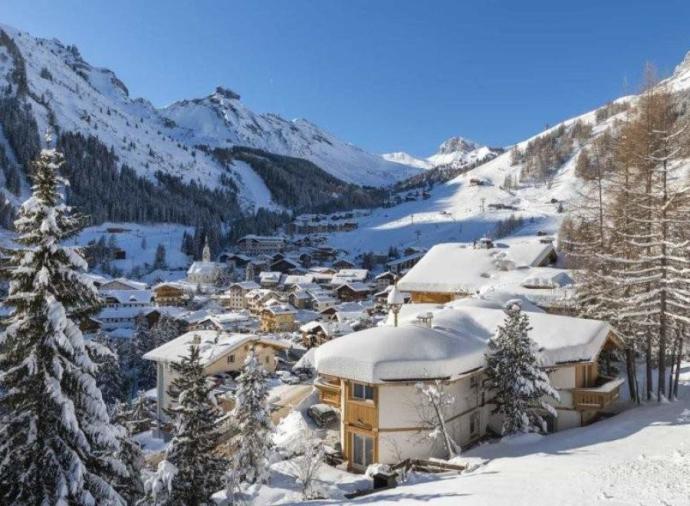
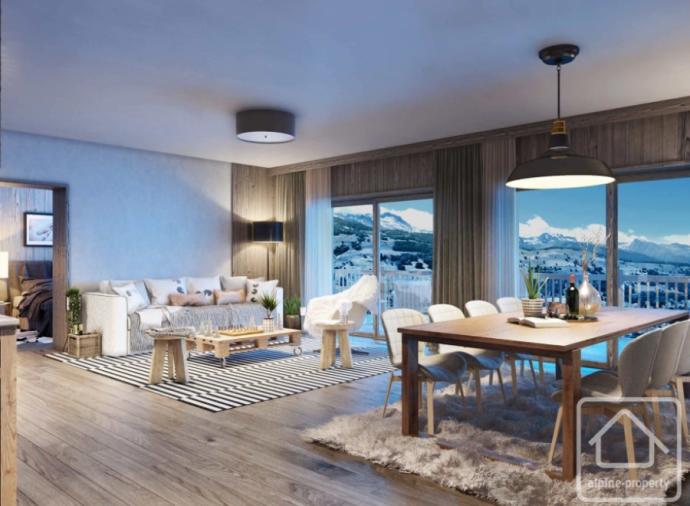
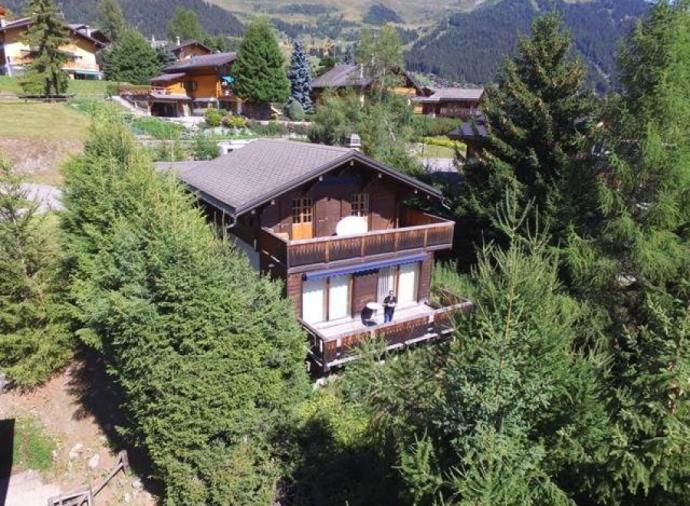
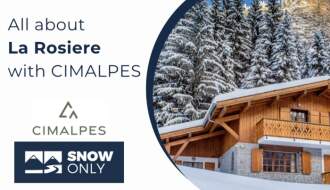
 Mar 22, 2024
Mar 22, 2024
